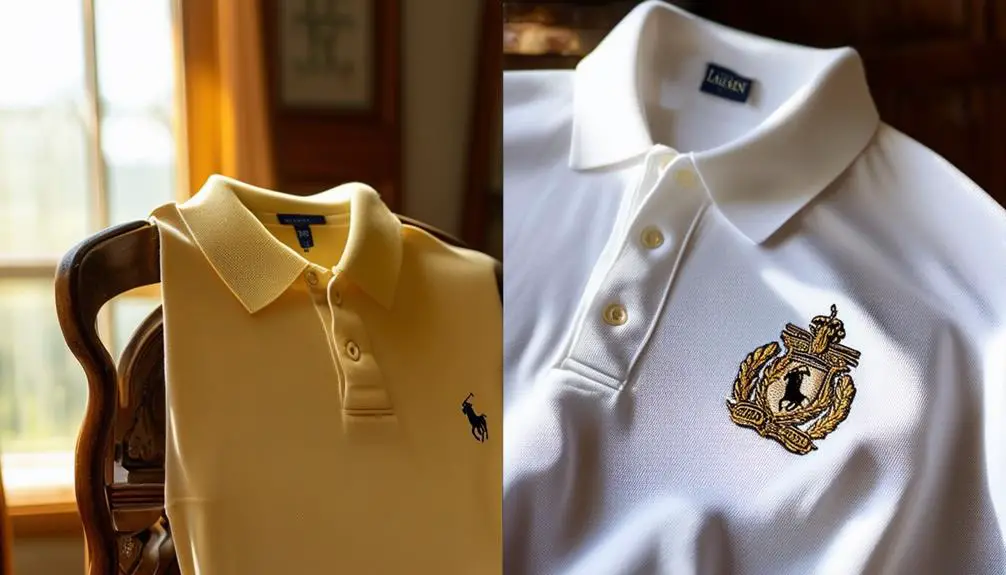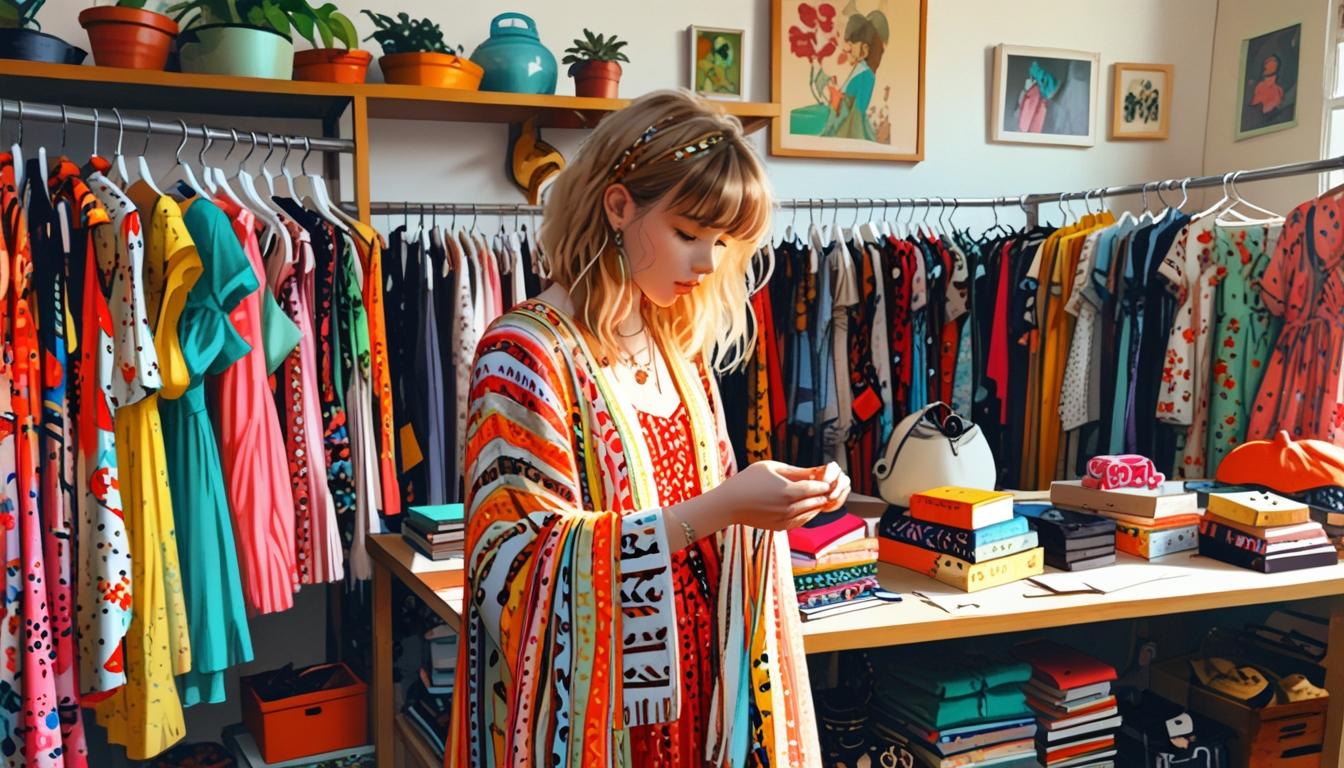As consumer preferences shift, customizable apparel is becoming the norm, blending technology and sustainability in the fashion industry.
In the rapidly changing landscape of fashion, the emphasis on personalization has transitioned from a luxury for the few to an expectation for many consumers. This evolution has been driven by a combination of digital advancements and changing consumer preferences, making customizable apparel more accessible and sustainable than ever before.
Historically, the roots of customizable apparel lie in traditional tailoring and early screen-printing techniques. These labor-intensive methods limited the realm of personalized fashion to an exclusive group. However, the introduction of machine embroidery in the 1960s marked a significant turning point, automating intricate designs and thereby increasing accessibility. The subsequent development of computerized embroidery machines in the 1980s further streamlined the customization process, allowing for more detailed patterns and quicker production times.
The onset of the digital age heralded a new era for customizable clothing. E-commerce platforms emerged, enabling consumers to design and order personalized items from home. A number of companies have taken the lead in this movement, offering platforms where users can create custom designs for various apparel items that are printed on demand. This shift has not only widened accessibility but also addressed environmental concerns by reducing overproduction; items are made only as they are ordered.
Artificial Intelligence (AI) has further transformed the sector, introducing advanced design tools that analyze consumer preferences and trends to suggest personalized designs. One notable example is the AI-driven on-demand manufacturing platform, One, developed by Resonance Companies. This platform allows designers to create custom garments using AI, with access to over 100 styles and eco-friendly fabrics. The use of 3D digital twins enables designers to visualize their creations more effectively, facilitating a smoother transition from concept to production.
The introduction of Direct-to-Garment (DTG) printing technology has also contributed to the growth of customizable apparel. This method prints designs directly onto fabric with inkjet technology, allowing for high-resolution prints and a broader spectrum of colors. DTG printing has proven to be a game changer, particularly for small businesses and individual designers who wish to produce high-quality custom apparel without the burden of large-scale operations.
Sustainability has become a critical focus in the fashion industry, particularly concerning its environmental impact. Customized apparel produced on-demand can address some of these environmental challenges, as it reduces waste associated with overproduction. For instance, digital textile printing uses significantly less water and energy than traditional textile production methods. Research indicates that creating a single pair of jeans can require up to 18,000 liters of water. By implementing digital printing techniques, the industry can significantly lower such excessive resource consumption.
In addition to individual expression, customizable apparel serves as an effective marketing tool for businesses and organizations. Personalized merchandise such as branded T-shirts or hoodies enhances brand visibility and fosters customer loyalty. Moreover, for teams or communities, custom apparel reinforces unity, whether it’s sporting teams wearing matching jerseys or employees sporting company-branded attire.
Consumer demand for personalization continues to rise. A study by Epsilon indicates that 90% of consumers view personalization favorably, with 80% more likely to engage in purchases when brands offer personalized experiences. This shifting landscape has motivated businesses to adapt by incorporating customizable options, thus capitalizing on this lucrative market.
Despite these advancements, challenges persist. The environmental implications of incorporating AI and other digital technologies, including factors such as energy consumption and electronic waste, warrant careful consideration. Brands are tasked with balancing the innovative drive for customization with sustainable practices, ensuring that the quest for personalization does not compromise environmental integrity.
As the fashion industry navigates this personalized future, it reflects a wider societal trend towards individuality and customization. With ongoing technological advancements, the potential for personalized fashion remains vast. By embracing these innovations responsibly, the industry has the opportunity to meet the expectations of modern consumers while promoting sustainability and creativity.
Source: Noah Wire Services




